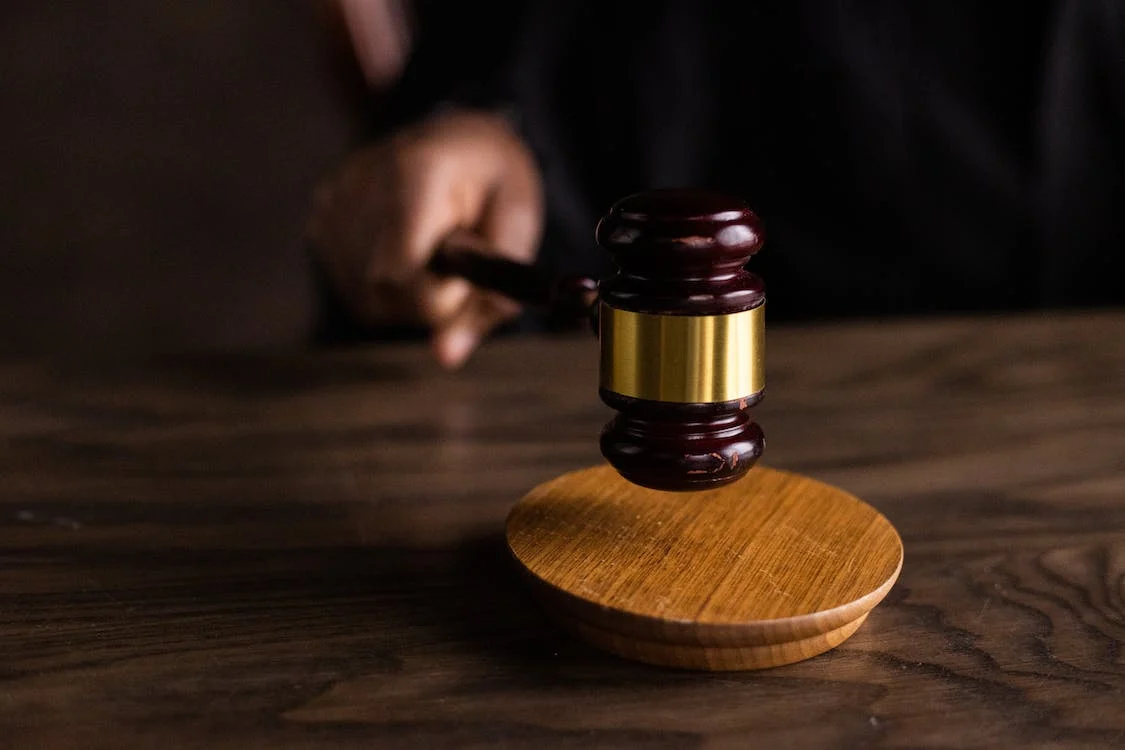A motion for summary judgment is a legal motion made by a party in a lawsuit asking the court to rule in their favor without a trial. The purpose of the motion is to show the court that there are no genuine issues of material fact in dispute and that the party making the motion is entitled to judgment as a matter of law.
In order to succeed on a motion for summary judgment, the moving party must show that there are no disputed issues of material fact and that they are entitled to judgment as a matter of law. This means that there are no facts in dispute that would affect the outcome of the case, and that the law is clear on the issues at hand.
The motion is typically supported by evidence such as affidavits, depositions, and other documents that demonstrate that there are no genuine issues of material fact. The opposing party may also present evidence in response to the motion.
The court will review the evidence and make a determination as to whether there are any genuine issues of material fact that need to be resolved at trial. If the court finds that there are no genuine issues of material fact, it may grant the motion and enter judgment in favor of the moving party.
Motions for summary judgment can be a powerful tool in litigation, as they can result in a quick and cost-effective resolution of a case without the need for a trial. However, they are not always granted and can be difficult to succeed on if there are disputed issues of material fact.

Common issues in motions for summary judgment
Motions for summary judgment are a common occurrence in personal injury cases, and they can have a significant impact on the outcome of a case. These motions are often used by defendants in an attempt to have a case dismissed or to limit the scope of the plaintiff’s claims. While motions for summary judgment can be successful in some cases, they are not always granted. Attorneys who handle personal injury cases often see a number of common issues arise in these types of motions.
One of the most common issues in motions for summary judgment is the issue of causation. In personal injury cases, the plaintiff must be able to prove that the defendant’s actions were the cause of their injuries. Defendants will often argue that the plaintiff cannot prove causation, and will ask the court to dismiss the case on that basis. Attorneys for the plaintiff must be prepared to demonstrate that there is a genuine issue of material fact as to whether the defendant’s actions caused the plaintiff’s injuries.
Another common issue in motions for summary judgment is the issue of comparative negligence. Comparative negligence is a legal principle that allows a defendant to argue that the plaintiff’s own negligence contributed to their injuries. Defendants will often argue that the plaintiff was partially responsible for their injuries, and will ask the court to reduce or eliminate their liability. Attorneys for the plaintiff must be prepared to demonstrate that the defendant’s actions were the primary cause of the plaintiff’s injuries, and that any contributory negligence on the part of the plaintiff was minimal.
A third issue that attorneys often encounter in motions for summary judgment is the issue of damages. Defendants will often argue that the plaintiff has not suffered any damages or that the damages are minimal. Attorneys for the plaintiff must be prepared to demonstrate the full extent of their client’s injuries and the impact that those injuries have had on their life. This may require presenting medical evidence, witness testimony, and other forms of evidence to support the plaintiff’s claims.
A fourth issue that can arise in motions for summary judgment is the issue of evidence. Defendants will often argue that the plaintiff has not presented enough evidence to support their claims. Attorneys for the plaintiff must be prepared to present strong, persuasive evidence to demonstrate the defendant’s liability and the extent of the plaintiff’s injuries. This may require gathering additional evidence or hiring expert witnesses to support the plaintiff’s claims.
Finally, attorneys often encounter issues related to the statute of limitations in motions for summary judgment. The statute of limitations is a legal deadline for filing a personal injury lawsuit. If the plaintiff does not file their lawsuit within the statute of limitations, the case may be dismissed. Defendants will often argue that the plaintiff’s claims are time-barred, and will ask the court to dismiss the case on that basis. Attorneys for the plaintiff must be prepared to demonstrate that the lawsuit was filed within the applicable statute of limitations.
Attorneys who handle personal injury cases often encounter a number of common issues in motions for summary judgment. These issues include causation, comparative negligence, damages, evidence, and the statute of limitations. Attorneys must be prepared to address these issues in a persuasive and effective manner in order to achieve a successful outcome for their clients.

How can I prevail after a motion for summary judgment has been filed?
If a motion for summary judgment has been filed against you, it means that the other party is asking the court to dismiss your case without going to trial. However, it is still possible to prevail and have your case move forward. Here are some steps you can take:
- Gather evidence: Review the evidence in your case and determine whether there is any additional evidence that could help your case. This may include witness statements, photographs, medical records, or expert opinions. Make sure to gather all of the evidence you need to show that there are genuine issues of material fact in dispute.
- Analyze the legal issues: Review the legal arguments made in the motion for summary judgment and determine whether there are any weaknesses or flaws in the argument. Consult with an attorney if necessary.
- File a response: You will need to file a written response to the motion for summary judgment, explaining why the court should not grant the motion. This response should address any factual or legal issues raised in the motion, and should be supported by evidence.
- Attend the hearing: The court may hold a hearing on the motion for summary judgment, where you will have an opportunity to argue your case in person. Make sure to prepare your arguments and evidence thoroughly before the hearing.
- Consider settlement: If the other party has filed a motion for summary judgment, it may be a sign that they believe they have a strong case. However, they may still be willing to settle the case before the court makes a final ruling. Consider negotiating a settlement with the other party to avoid the risk and expense of going to trial.
Conclusion
In conclusion, it is possible to prevail after a motion for summary judgment has been filed against you. By gathering evidence, analyzing the legal issues, filing a response, attending the hearing, and considering settlement, you can increase your chances of success and ensure that your case is heard in court.
